…Annnnddd Cut!
The Disney-MGM Studios and its Backstage Studio Tour opened May 1, 1989. Initially, guests reported that they liked Disney’s new movie park, but that it was a little too short on things to actually do. Before the end of the year, the Streets of New York set was annexed from the tour and instead opened to pedestrian traffic to serve as an attraction to see and photograph up close.
It wasn’t much longer after that that a crack appeared in the park’s façade: it was already apparent that despite Universal’s dream and Disney’s concrete efforts, Orlando, Florida would not become a Hollywood East. Aside from some Disney television productions and a segment of the studio’s animation group, production never really picked up at the Disney-MGM Studios. A new street off of the Studio Tour entrance (between the Great Movie Ride’s showbuilding and the studio’s facilities) was opened to pedestrians as “Mickey Avenue.”
By 1991, Disney’s efforts to expand the park’s offerings saw the oversized and epic behind-the-scenes ride split in two. Let’s trace the story of each half:
1. The Walking Tour
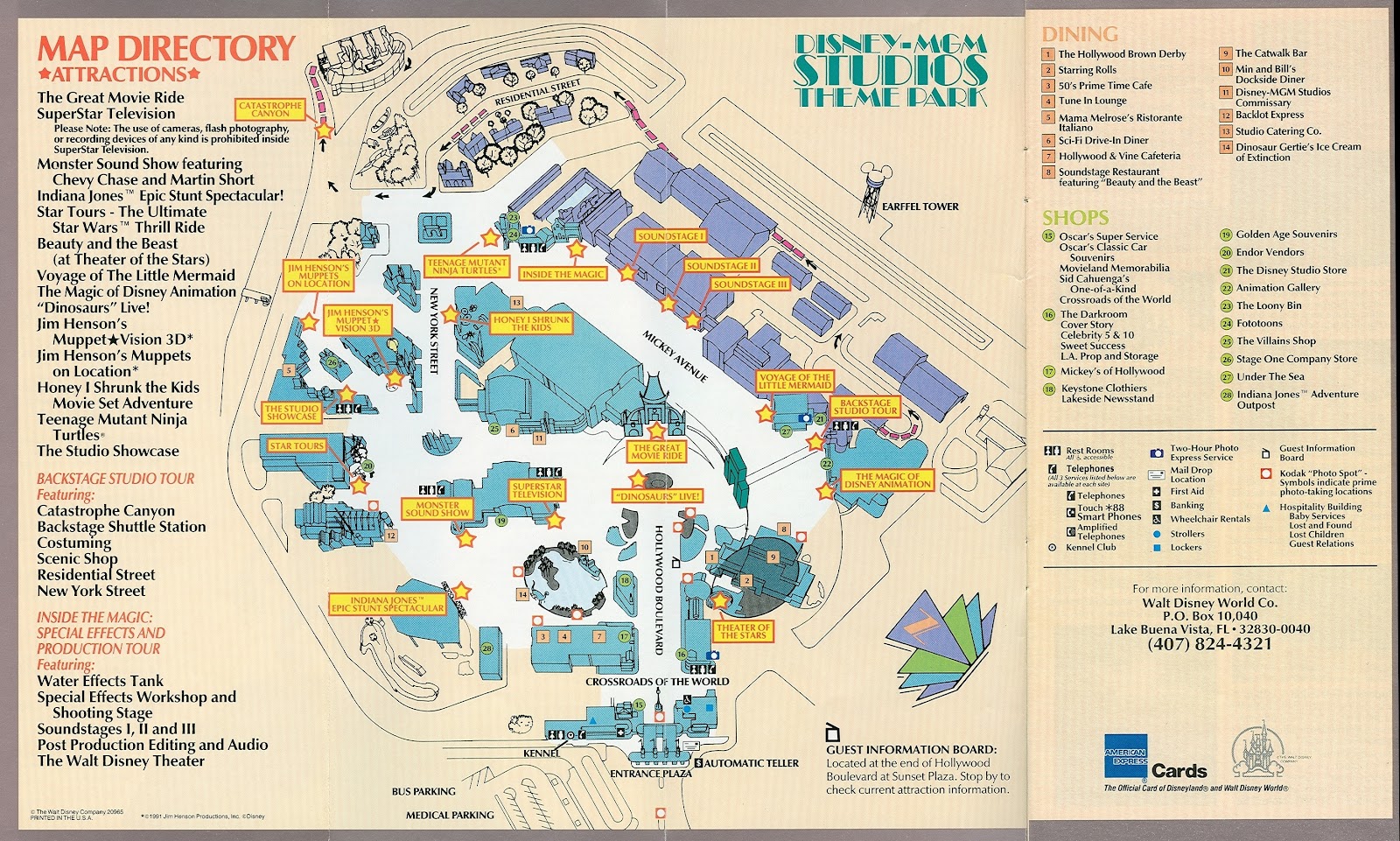
The walking portion tour was splintered off into Inside the Magic: Special Effects and Production Tour, taking its same route from the water tank special effects stage, through the Soundstages, and back to the Studio Arch.
Advertised as a “35-minute walking tour,” the attraction still toured guests along the upper floors of the studios’ staged showbuildings and past Disney sets where accessory Disney features would occasionally record. But before long, it became a somber look at unused sets where things might be (but wouldn’t be) filmed. Production had dried up.
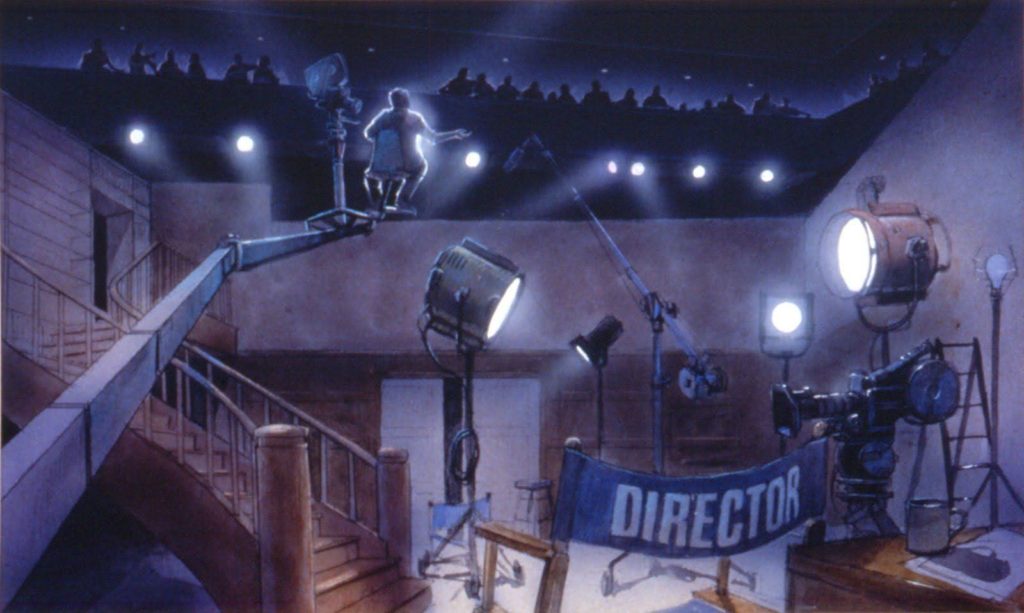
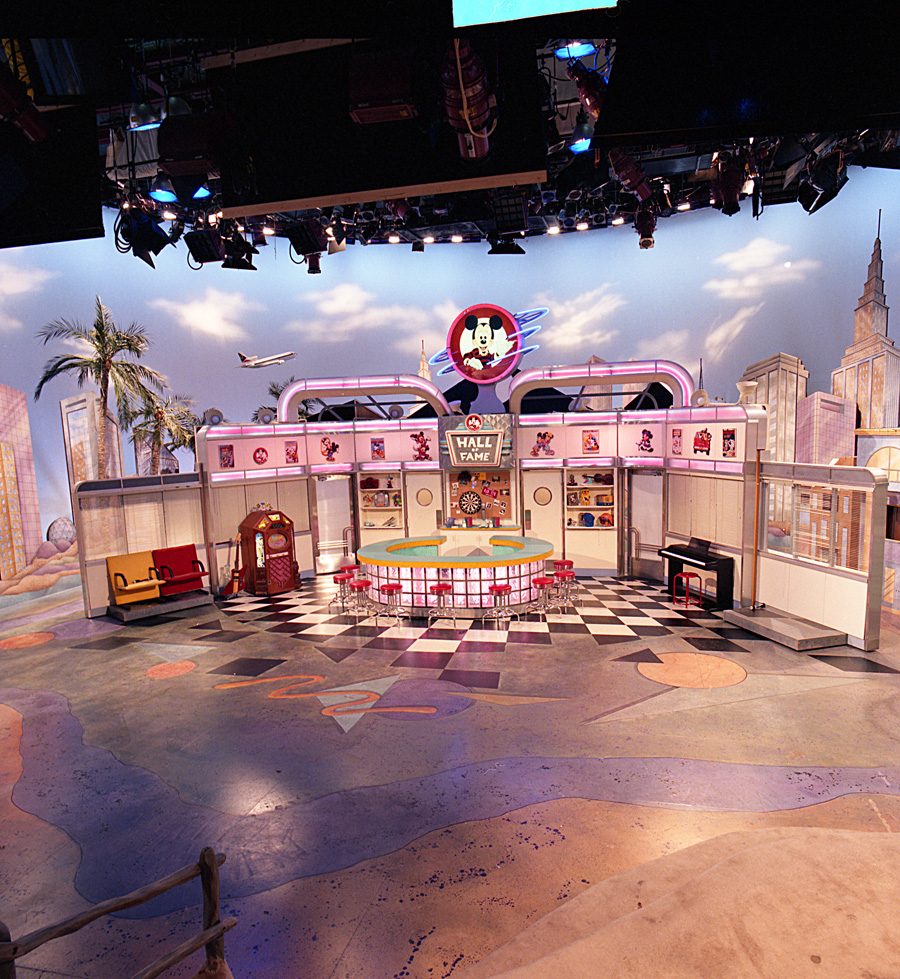
The attraction gradually diminished and downsized on its own, beginning when its finale soundstage (the former post-production exhibit and Walt Disney Theater) was repurposed into a stage for the short-lived “Here Come the Muppets” and the much, much longer-lived “Voyage of the Little Mermaid” (still playing today after a continuous 25 year run of continuous 16-minute shows… you do the math.)
Eventually, the unfortunate walkthrough was renamed Backstage Pass and outfitted with “sets” and artifacts updated to reflect each current and upcoming Disney feature film they were reeleased. It closed entirely in 2001.
The three fully-equipped Soundstages designed for Hollywood production were repurposed. First, Soundstage 3 was retrofitted with the convincing Who Wants to be a Millionaire – Play It! interactive game show experience based on the worldwide phenomenon on ABC. When it closed, Soundstage 3 and Soundstage 2 were combined to house Toy Story Midway Mania. The other soundstages along Mickey Avenue became One Man’s Dream (now Walt Disney Presents) and a rotating exhibit themed to Disney’s newest live action feature, most recently The Legend of Captain Jack Sparrow.
2. The Tram Tour
Upon that 1991 split, the tram-led portion of the tour had its name appended, becoming the Backstage Studio Tour featuring Catastrophe Canyon, emphasizing the special effects extravaganza’s role as the ride’s sought-after experience.
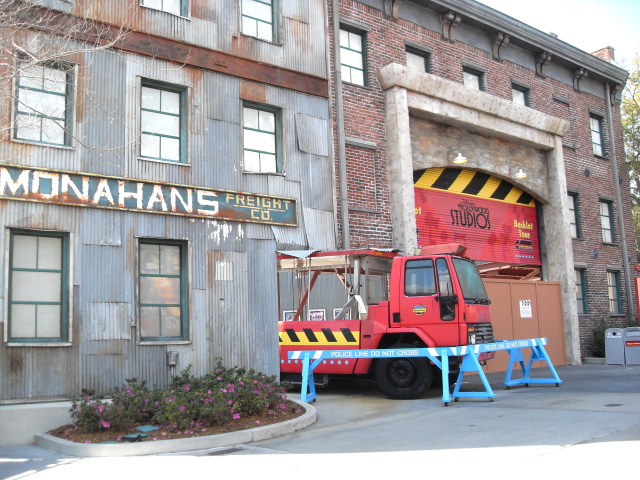
It didn’t last long that incarnation, either. On June 30, 1996, the attraction re-opened as the Studio Backlot Tour, now entering via the former walking tour warehouse entrance at the end of Mickey Avenue. By this point, it may be hard to keep track of what’s what, but believe it or not we’ve arrived at a version of the attraction you might remember…
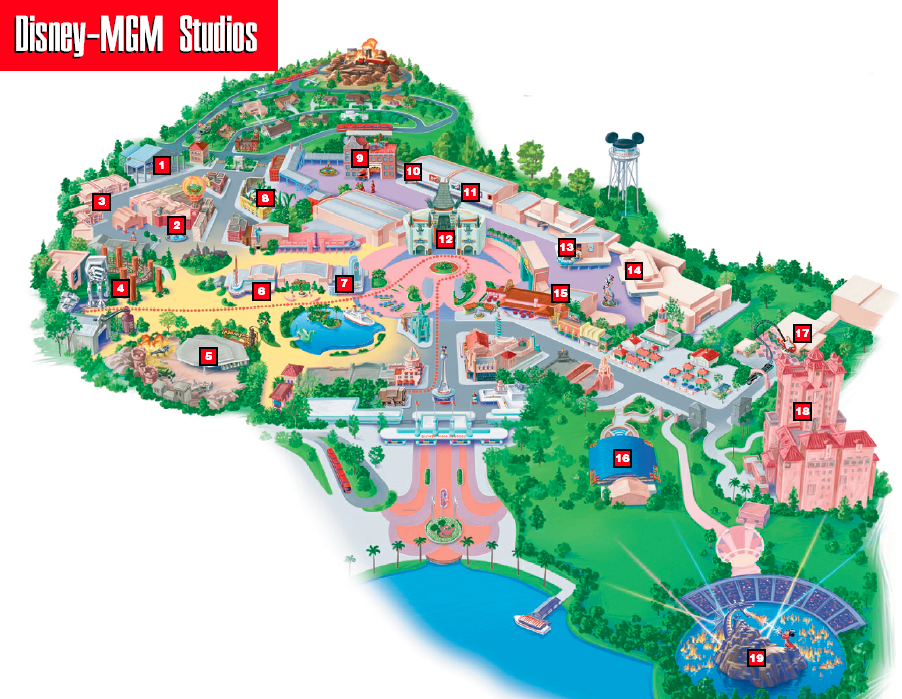
The Studio Backlot Tour is the 30-minute ride that inexplicably continued to exist at the park for two decades, combining an abbreviated version of the walking tour (with its water tank special effects demonstration) with an abbreviated version of the tram tour (highlighting Catastrophe Canyon) until 2014(!) despite production having pulled out of the studio since before its 1996 opening.
A visit to most Disney Parks is about using your imagination to become heroes, travel to new worlds, and forget reality entirely. Disney-MGM Studios turned that recipe on its head by instead promising to reveal how Disney faked those new worlds. But the long-running Studio Backlot Tour was an exercise in imagination exceeding even the most fanciful attractions in that it required guests to imagine that they were really on an actual, working studio’s backlot. Even though production had long ceased, the attraction curiously kept up the paper-thin pretense that you might actually see a star, a hot set, or a camera… each as unlikely as the last.
Identity
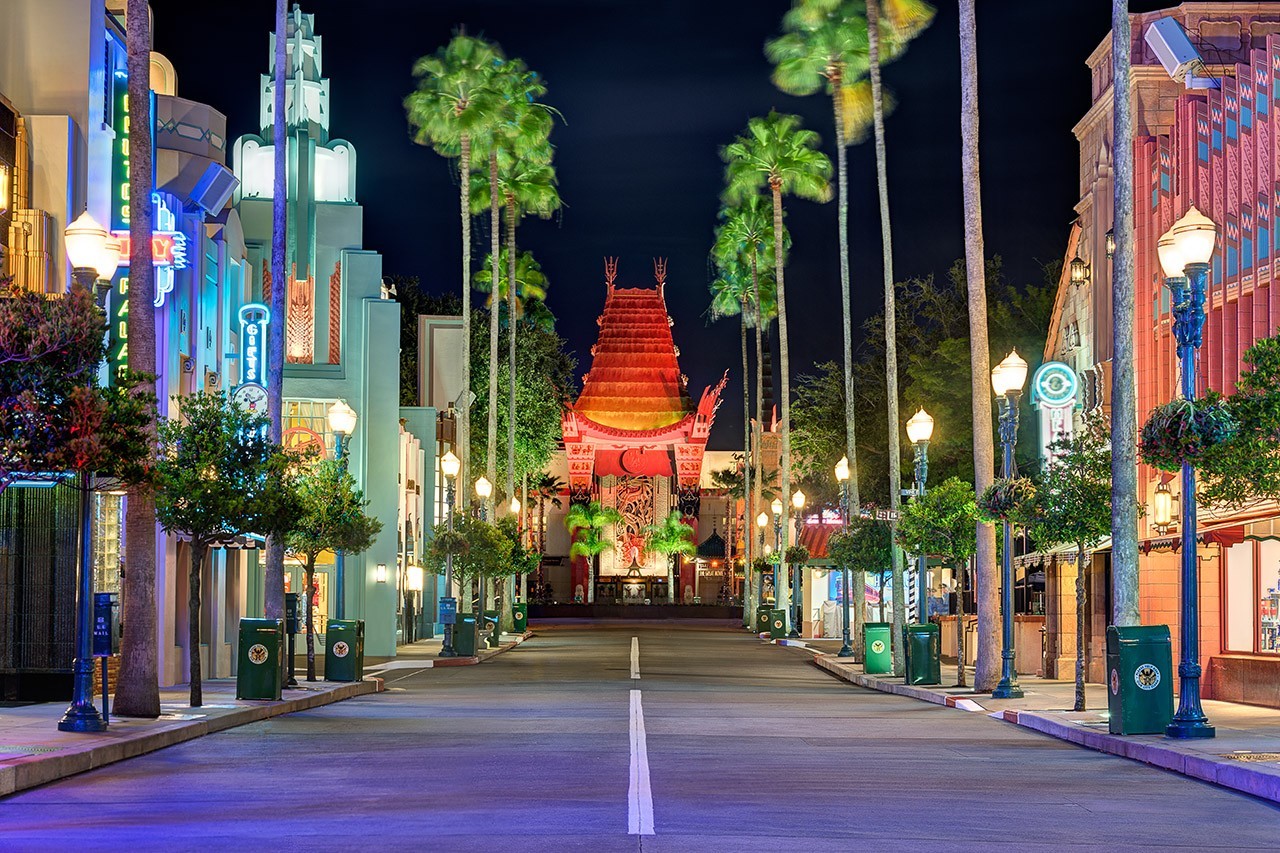
It won’t surprise our readers that Disney’s third gate – since renamed Disney’s Hollywood Studios – is trapped in its own identity crisis.
The allure of seeing “behind the scenes” largely fell away with the advent of the DVD bonus feature; the mystery of the lives of the stars lost its luster thanks to Twitter; the awe of the special effect demonstration dimmed as digital effects took over. In a 21st century marked by Universal’s Islands of Adventure, Disney’s Animal Kingdom, and Tokyo DisneySea, “studio” parks populated by shuffled and short-lived intellectual properties, industrial lighting rigs, and beige soundstages looked and felt like cost-saving cop-outs… and… they were.
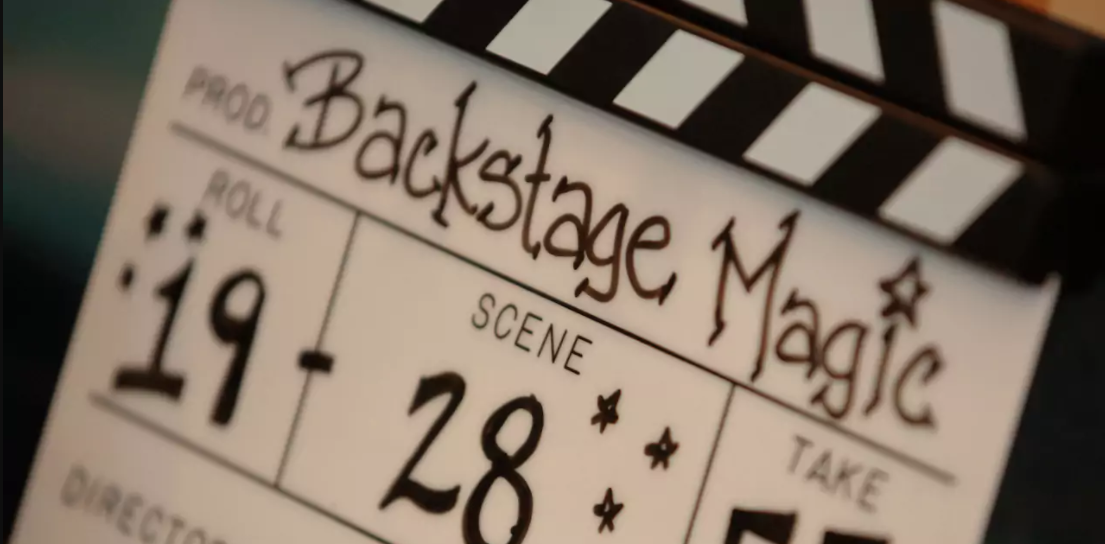
One need only look at the subject of one of our most spectacularly sad Declassified Disasters: Walt Disney Studios Park, to see what happened when Disney mixed the dated-and-desperate “studio” park concept with the cost-saving desperation of the end of Eisner’s age, creating what is without a doubt the most pathetic Disney park on Earth. (Its would-be headliner was also a tram-led studio tour, but without even the pretense of real movie-making.)
It left Disney with a dilemma: what is Disney’s Hollywood Studios, and what should it be? How do you transform a park that’s based on a fundamentally dated concept? What do you do when a park is broken at its core?
In Hollywood Studios’ case, Disney’s bet big on intellectual property. Thanks to two massive projects in the last decade, the park today hosts two large, immersive themed lands that follow the “Magic Kingdom” and “Wizarding World” recipes more than the studio one. It’s appropriate that both Toy Story Land and Star Wars: Galaxy’s Edge fit entirely on the land that started out as the Backstage Studio Tour.
The debut of the new lands was accompanied by a new identity and logo, emphasizing Hollywood and downplaying Studios:

While the two new lands add to the prestige and popularity of the park, they admittedly also add to the hodge-podge of the park’s identity rather than course-correct it. After all, with Star Wars: Galaxy’s Edge and Toy Story Land in the lineup, Disney’s Hollywood Studios offers:
- Two lands ostensibly themed to various eras of the Golden Age of Hollywood… except that they’re populated by the Disney-on-Ice-esque Beauty and the Beast – Live on Stage (a little long in the tooth after 25 years), the modern soundstage-set Rock ‘n’ Roller Coaster starring Aerosmith set in the nonsequitor shadow of the Twilight Zone Tower of Terror, and the opulent, palatial Chinese Theater housing Mickey & Minnie’s Runaway Railway;
- One land devoted to modern Los Angeles (and nonsensically having an entire area dedicated to The Muppets, stylized after New York);
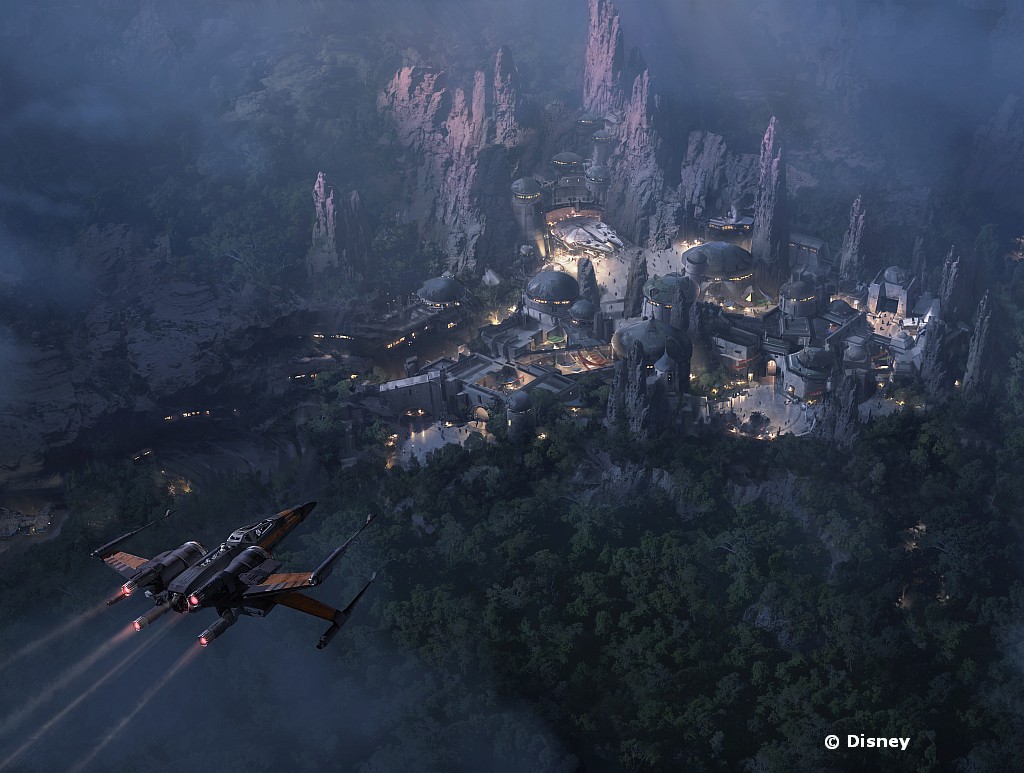
- Two cinematic, immersive, insulated, Wizarding- World-style lands devoted to Star Wars and Toy Story;
- The remains of “studio” style in Echo Lake (with its mis-matched Indiana Jones Stunt Spectacular, Frozen Sing-Along, ’50s Prime Time Cafe, and perpetually empty soundstages) and the Animation Courtyard (with the likely-soon-to-be-vacant Star Wars Launch Bay and the 25-year running Voyage of the Little Mermaid)
And as the cherry on top, our must-read Ride Count Countdown shows that Disney’s Hollywood Studios has the least rides of any Disney or Universal park (even if, oddly, almost every single one is a headliner).

So what is Disney’s Hollywood Studios? What will it be? The jury’s still out. But if the story of the disastrous Backstage Studio Tour and its even more delusional successors shows it anything, it’s the one thing Disney’s Hollywood Studios isn’t: a Hollywood studio.
If you enjoyed this look back at the infamous Backstage Studio Tour, make the jump to our Declassified Disasters collection to dig into another in-depth story.
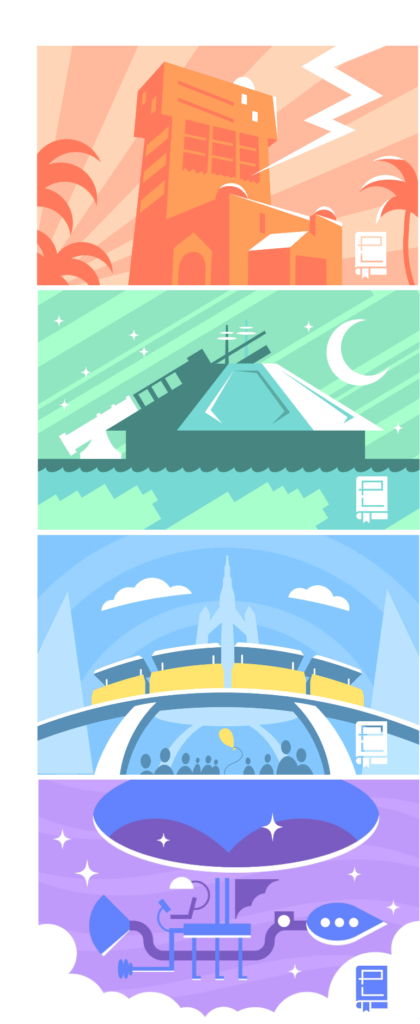
Thank you so much for reading. Now, it’s your turn to join the story. If you enjoy spending time falling down the “rabbit hole” of Park Lore’s in-depth, ad-free, member-supported stories, consider becoming a Member for as little as $2 / month.
Members can unlock rare concept art in every tale, reveal attraction audio streams in select stories, gain access to over a hundred exclusive articles in our quick-read Extra Features and in-depth Special Features collections, gain exclusive podcast extras, and receive an annual member card and merch in the mail! (Plus, y’know, supporting research-based, ad-free, clickbait-free, in-depth theme park writing!)
Then, we want to hear from you – in the comments below, tell us about your experience going “behind-the-scenes” at this unusual Disney park. Should Disney have given up on the studio style long ago? How can a park developed so many ways over so many years ever feel cohesive and intentional? If ALL of Walt Disney World’s parks become stocked with “immersive fantasy” lands, what does that say about the strength of their identities? Was there another path for Disney’s troubled third gate?




